with frame: cm 70x80x7,5;
signed lower right
Expositions: Abraham Mintchine “L’angelo perduto di Montparnasse”, Artisti russi e dell’Est a Parigi, opere dal 1925 al 1962 (Bergamo, Galleria Michelangelo, Galleria d’arte Due Bi, 03.04-09.05.2004)
Pubblications: Abraham Mintchine “L’angelo perduto di Montparnasse”, Artisti russi e dell’Est a Parigi, opere dal 1925 al 1962, a cura di R. Bellini, Bergamo, Galleria Michelangelo, 2004, p. 58
Adolphe Milich began to paint from the age of thirteen. His father, a merchant, lost everything in a fire and in order to support the family he was forced to emigrate to Lodz where he worked as a teacher. From 1902 to 1904 Milich moved first to Warsaw and then to Munich where he studied at the School of Fine Arts, following Frantz Von Stuck's courses from 1903. In Munich, he met Jules Pascin, then illustrator of Simplicissimus, who advised him to go to Paris. Milich was instead more attracted to Italy and left for Rome, moving on to Florence and Venice. For a living he made drawings that he gave to colleagues who sold them under their own names.
In 1909, he spent a few months in Paris where he attended the Atelier Castelucho. He studied the great masters and drew ancient sculptures. In 1910 he was at the Prado Museum in Madrid to copy works by Velasquez and Goya for a German collector. Returning to Rome in 1911, he gained notoriety as a society portraitist and left for Lugano in 1915. Returning to Paris in 1920, he settled in Montparnasse, joining the group of artists of the Ecole de Paris. In Milich's works, nothing of his homeland is discernible, not even the anguish and restlessness so frequently discernible in the paintings of many of his companions. On the contrary, his paintings are characterised by order and sobriety, typical of French painting, and pervaded by a poetic sense that has its origins in his strong passion for music. For Milich, the object plays a leading role, as he himself said in 1941 to the critic Waldemar George: "... I cannot admit that the object should play a secondary role, that it should be treated in the same way as an apple or a human body without running the risk of becoming a machine...". He exhibited at the Salon des Indépendants, the Salon d'Automne, the Salon des Tuileries. A solitary spirit, he is often seen at the Louvre because, although a follower of modernity, he is aware of how important classical painting is for achieving purity of style. Among contemporary artists, he deeply admires Paul Cézanne. In fact, he executed several still lifes based on the works of the master from Aix, studying the framing of the planes and the black outlines that anticipate 'cloisonnisme'. Until 1927 he spent the summer in Sanary and in 1931 he was in La Ciotat. In 1929, his first solo exhibition took place at the Galerie Marcel Bernheim in Paris. In 1932, the Musée des Beaux-Arts in Zurich held an exhibition in his honour, which was repeated a second time in 1939.
An art collector, he was interested in the works of Degas, the sculptures of Charles Despiau and Jacob Loutchansky. In 1934, the Musée Jeu de Paume in Paris bought some of his canvases, which were exhibited in the Grande Salle. In 1937 he was awarded a bronze medal at the International Exhibition in Paris and the following year he participated in the State Exhibition of Polish Artists Abroad, held in several cities: Athens, Bucharest, Belgrade and Budapest. The same year, he participated in the Franco-British Contemporary Art Exhibition held in the Australian cities of Adelaide, Melbourne and Sydney. In 1940, during the war, Milich took refuge in Saint-Tropez, devoting himself to watercolours; in 1942 he reached Zurich and then Lugano, taking Swiss nationality. After the Liberation, he returned to Paris and in 1951 travelled to Israel where he painted extensively and organised an important exhibition at the Haifa Museum. He continued painting until 1964, the year of his death. In 1966, the city of Lugano opened a museum dedicated to him in Villa Ciani.
Good state of preservation
For further information please contact us



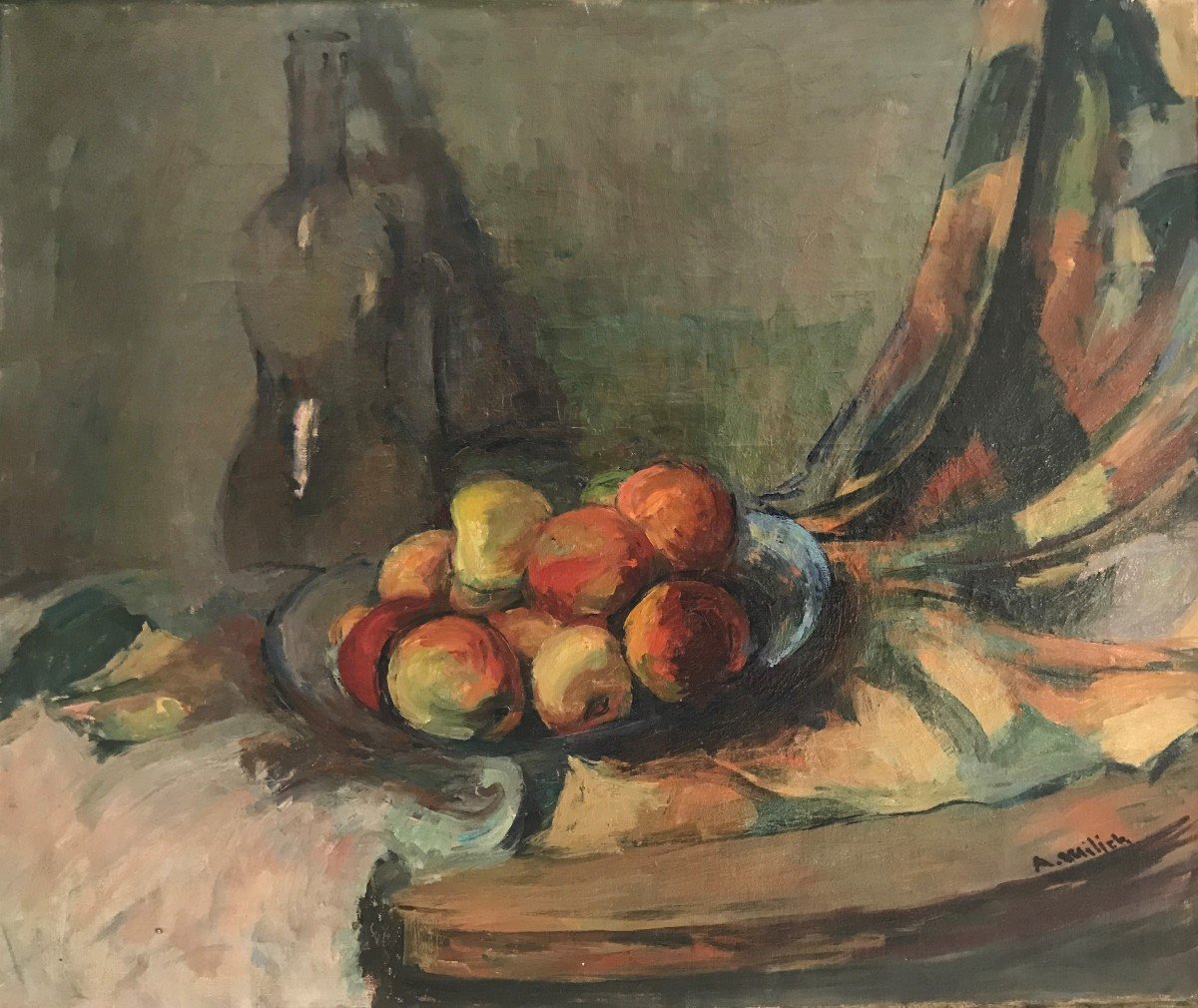

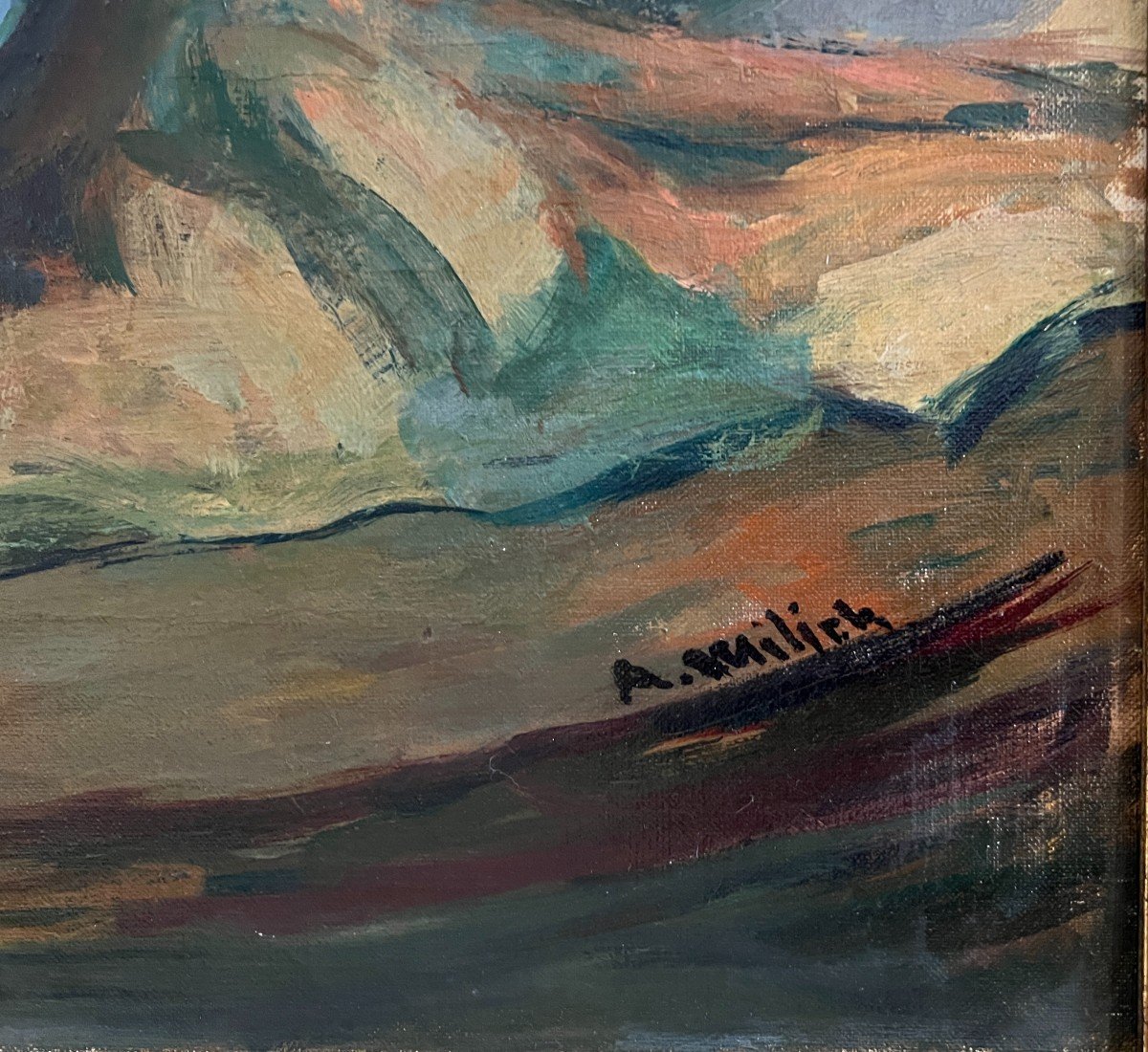
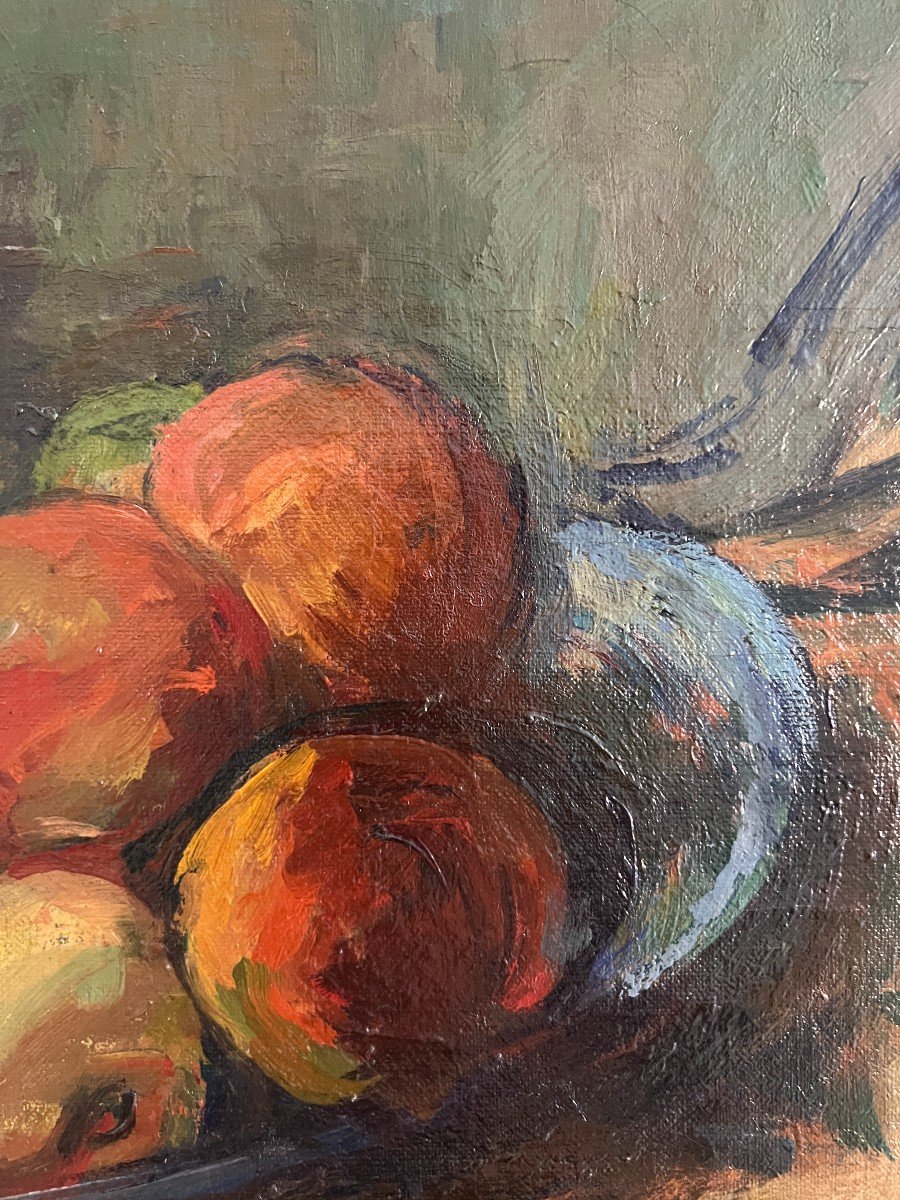
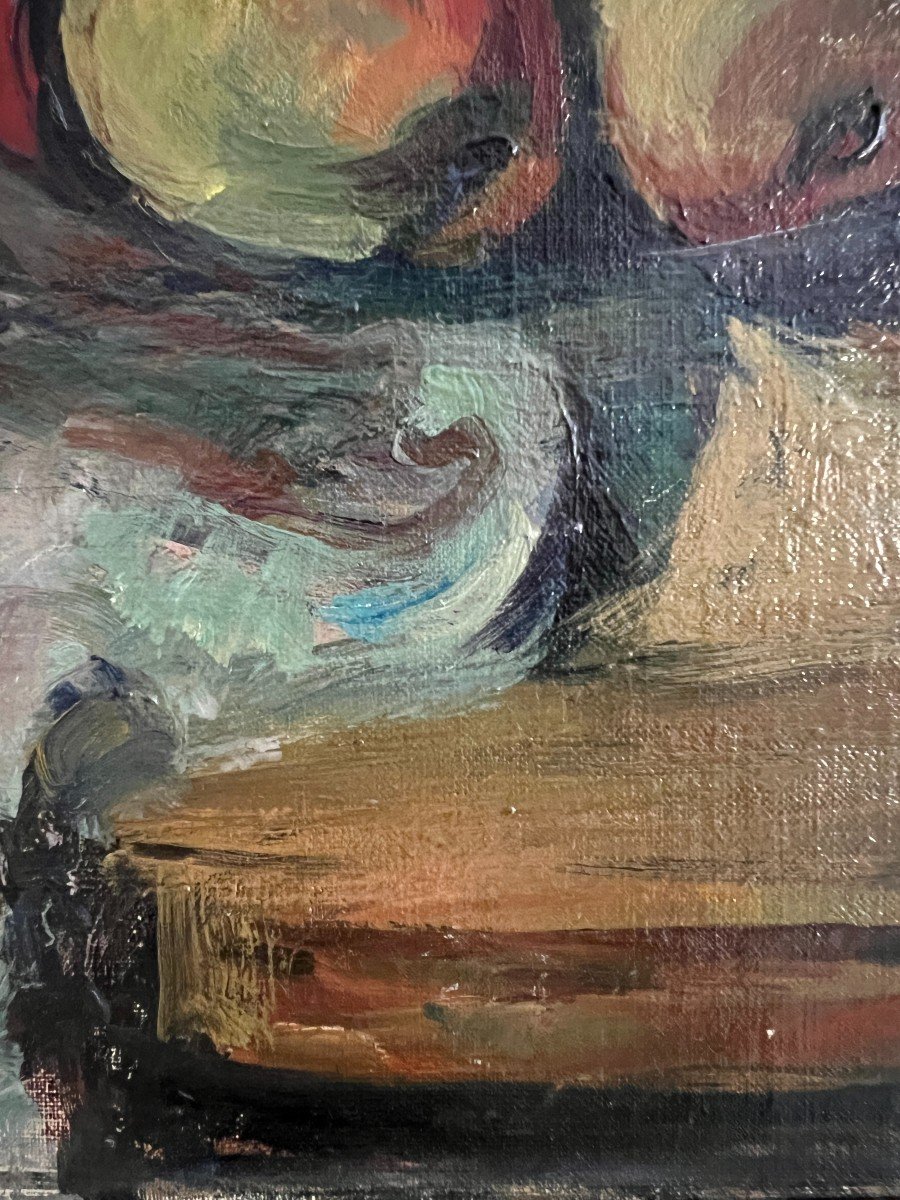



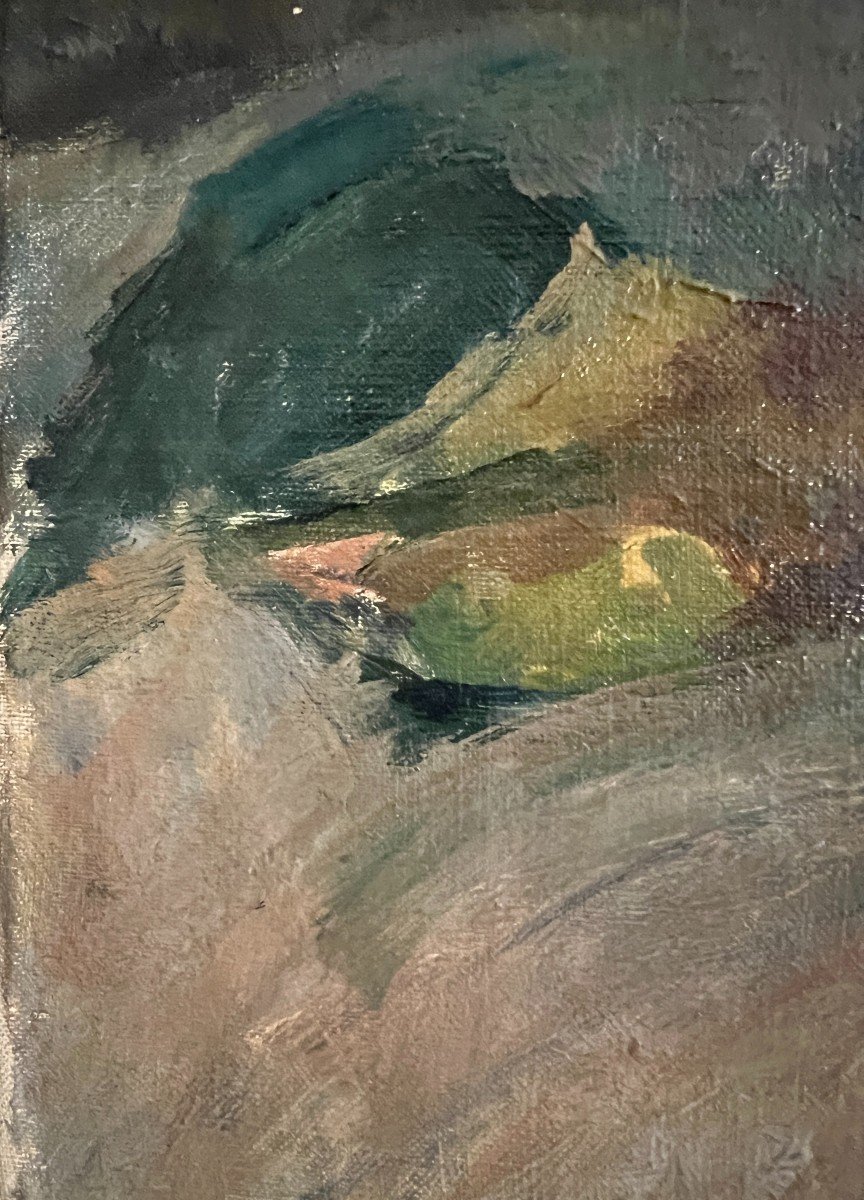
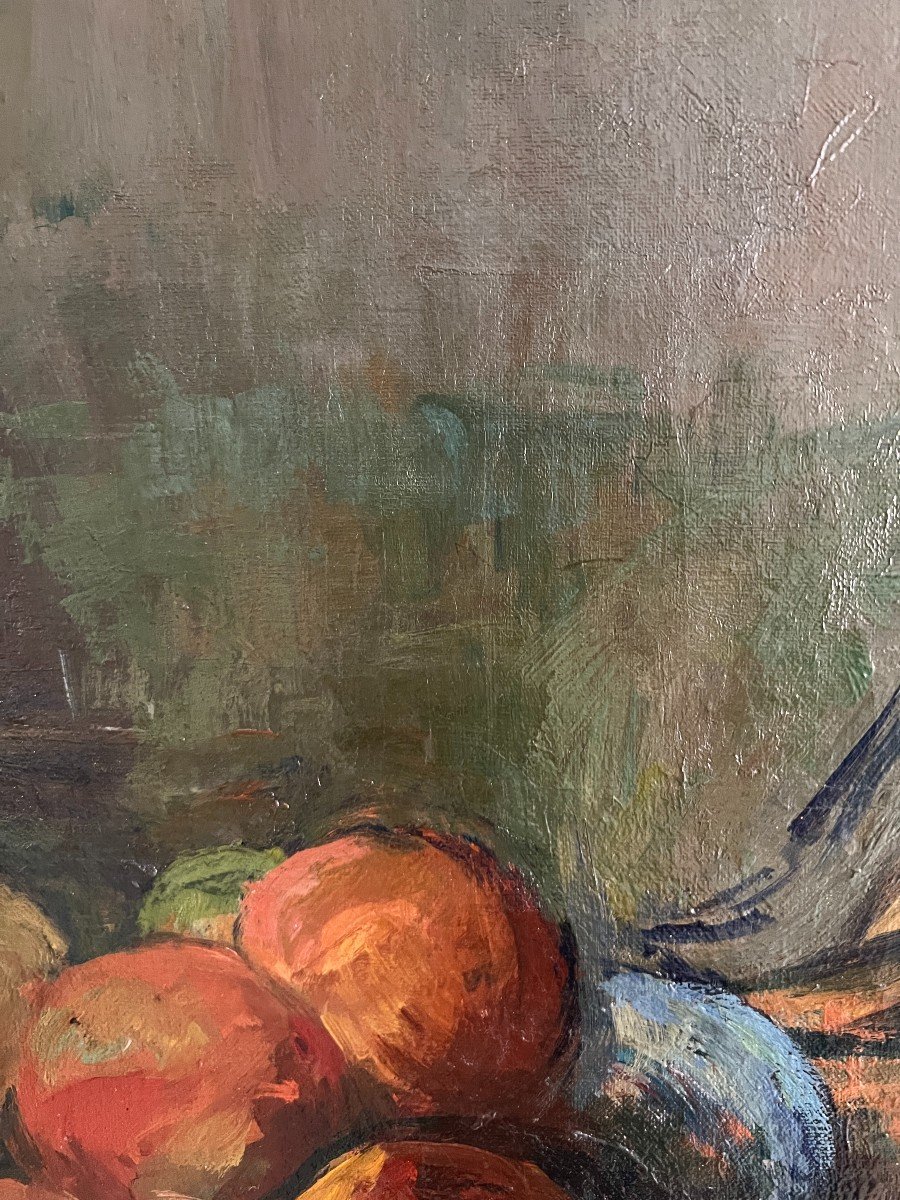

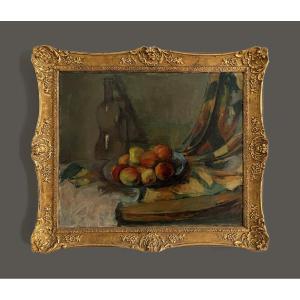



































 Le Magazine de PROANTIC
Le Magazine de PROANTIC TRÉSORS Magazine
TRÉSORS Magazine Rivista Artiquariato
Rivista Artiquariato